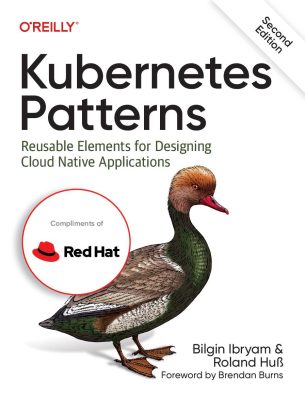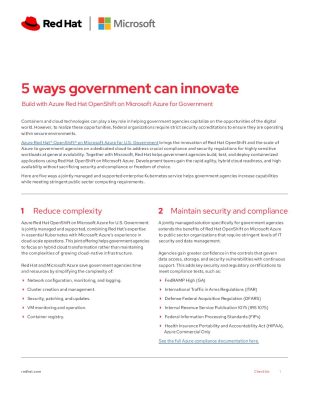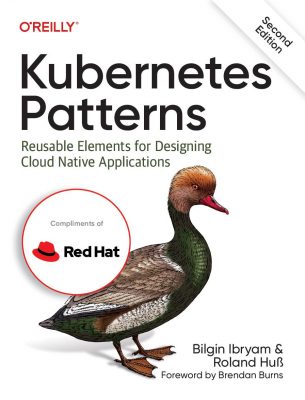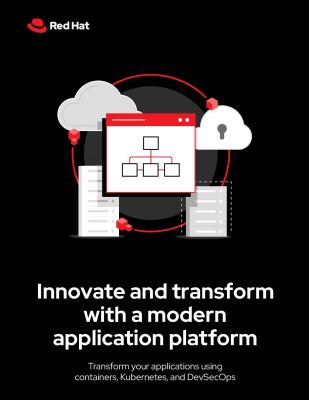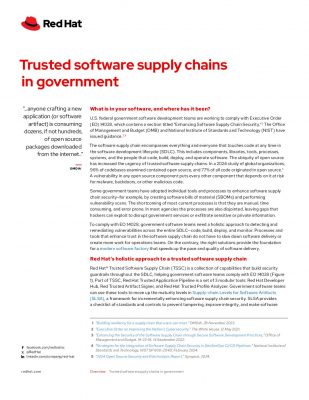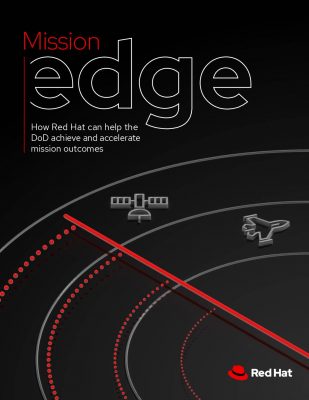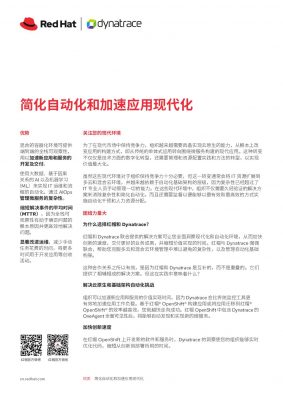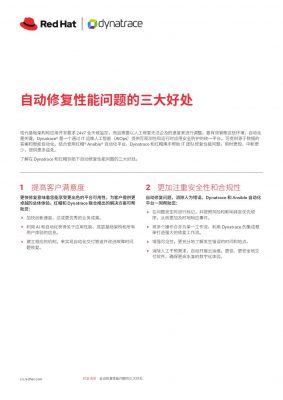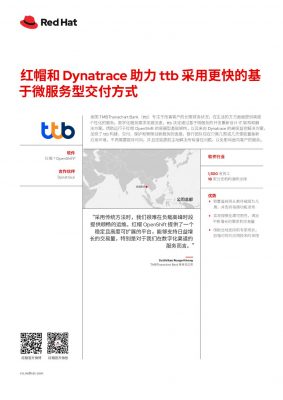According to former Oracle executive Osama Elkady, Oracle is changing the company’s messaging from being a leading cloud platform to a cloud solutions provider, after a decade of attempts to lead the market.
“Their message is Oracle cloud is the best for Oracle databases and applications. The margin Oracle could get from applications is much bigger than in computing. They know Amazon, Microsoft, and, to a lesser extent, Google already took that market,” Elkady reportedly told Bloomberg.
There are three layers of cloud technology, at the bottom there is the computing and storage later forming a part of infrastructure—dominated by AWS and Microsoft. Above that is the platform layer that includes database and tools used by organizations to build applications. On the top the application layer consists of software for different tasks. Oracle’s aim was to have a formidable presence across all layers, but after five years, the company’s comparatively lower profits in the infrastructure market have forced it to rethink its priorities and messaging.
In 2014, Oracle hired thousands of people in Seattle, promising them big paychecks, resources, and opportunities to make their mark in the technology industry. Despite all talent money could buy, Oracle’s cloud infrastructure failed to win in the cloud infrastructure business. The lack of a vast network of data centers that is necessary to compete with giants like Amazon was still missing. And despite excellent compensation, the company was just unable to attract software developers to build programs. According to Bloomberg, the company even has trouble convincing existing clients to move their existing Oracle workload to the cloud. Slowly, application became the biggest selling point for Oracle, and the biggest customer of Oracle cloud services—was Oracle itself.
The company earned only 1% of its total revenue in 2014 from the infrastructure cloud, last year when it declared the figure. Oracle then started to give combined sales reports for infrastructure and platform services, and in 2018 it stopped giving granular cloud performance reports entirely. The company was forced to move a sizable number of resources that were hired for cloud division, while others had to be fired. After a long drawn battle for cloud supremacy, Oracle seems to have come to accept its place as an applications provider.
Oracle is now set to partner with Microsoft, a decade long rival. To connect both providers, customers can use Oracle databases or applications tied to Microsoft Azure Cloud. At this year’s OpenWorld conference in September, the company unveiled cooperation agreements with software makers VMware Inc. and Box.
